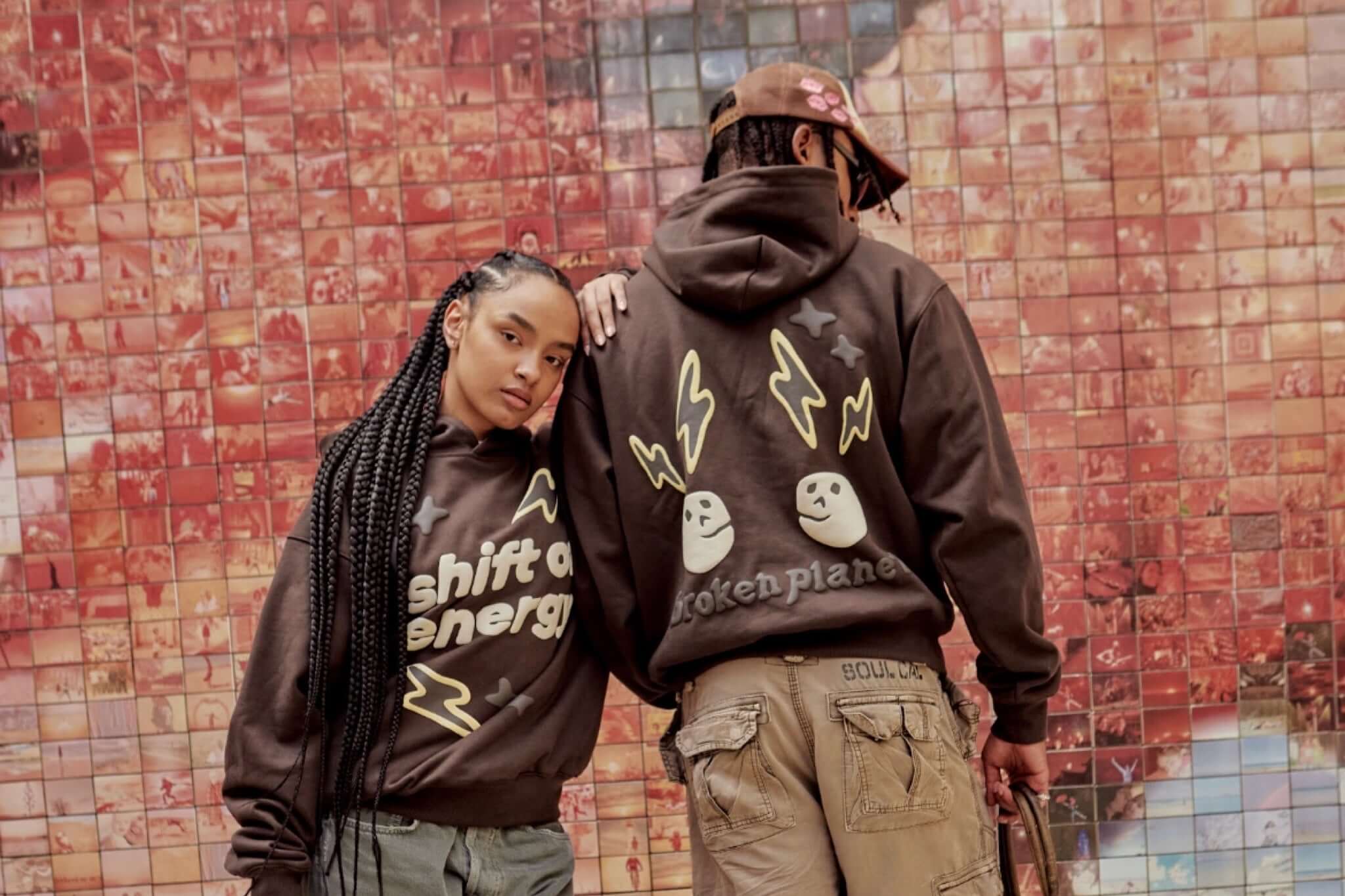Republic Day of India is celebrated every year on 26th January with immense pride and patriotic fervor. It marks the day when the Constitution of India came into effect in 1950, replacing the Government of India Act (1935) and officially declaring India as a sovereign, socialist, secular, and democratic republic. This day is not only a national holiday but also a moment of unity, remembrance, and celebration for the entire nation.
Historical Background
The journey to Republic Day began with India’s independence from British rule on 15th August 1947. While India gained freedom, it still functioned under the colonial Government of India Act until a permanent constitution was drafted. A Constituent Assembly was formed on 9th December 1946, comprising representatives from different regions and communities.
Dr. B.R. Ambedkar, the Chairman of the Drafting Committee, played a pivotal role in framing the Constitution. After nearly three years of debates, discussions, and revisions, the Constitution of India was adopted on 26th November 1949. However, it came into force on 26th January 1950 to honor the Purna Swaraj Day declared in 1930 during the freedom struggle.
Why 26th January?
The choice of 26th January was symbolic. On this day in 1930, the Indian National Congress had declared Purna Swaraj (complete independence) from British rule at the Lahore Session. By enforcing the Constitution on this date, the leaders of independent India paid tribute to the freedom fighters who had fought for complete sovereignty.

Significance of Republic Day
Republic Day holds deep meaning for every Indian:
- Constitutional Supremacy – It marks the day when India became a republic governed by a constitution chosen by its people.
- Democratic Values – It reinforces the ideals of justice, liberty, equality, and fraternity.
- National Unity – It celebrates the unity in diversity of the Indian nation.
- Tribute to Freedom Fighters – It honors those who sacrificed their lives for independence.
- Military Strength and Cultural Heritage – It showcases India’s defense capability and cultural richness.
Republic Day Celebrations
Republic Day is celebrated across India with enthusiasm, but the grandest celebration takes place in New Delhi at Rajpath (now called Kartavya Path). The President of India hoists the national flag, and the national anthem is sung, followed by a magnificent parade.
The Parade at Kartavya Path
The Republic Day parade is the highlight of the celebration. It includes:
- March past by the Indian Armed Forces, police, and paramilitary forces.
- Display of military equipment like tanks, missiles, and aircraft.
- Tableaux from different states showcasing their culture, tradition, and achievements.
- Cultural performances by school children.
- Flypast by the Indian Air Force, leaving trails of saffron, white, and green smoke in the sky.
Chief Guest Tradition
Every year, a foreign dignitary is invited as the Chief Guest, symbolizing India’s diplomatic relationships. Notable past guests include U.S. Presidents, French leaders, and other world dignitaries.
Award Ceremonies
The President confers Padma Awards and honors bravery award recipients, including children who have shown exceptional courage.
Republic Day in Schools and Institutions
Schools and colleges across India celebrate Republic Day with:
- Flag hoisting ceremonies
- Patriotic songs and dances
- Speeches on freedom and democracy
- Skits and plays based on historical events
These celebrations help instill a sense of patriotism in young minds.
Beating Retreat Ceremony
The Republic Day celebrations conclude on 29th January with the Beating Retreat Ceremony at Vijay Chowk, New Delhi. This event, conducted by the bands of the Indian Army, Navy, and Air Force, symbolizes the end of festivities and includes mesmerizing music performances.
Republic Day During the Pandemic
The COVID-19 pandemic brought significant changes to Republic Day celebrations in 2021 and 2022:
- Reduced crowd attendance
- Social distancing measures
- Shortened parade route
- Limited cultural programs
Despite the restrictions, the spirit of the day remained alive through live telecasts and virtual celebrations.
Symbols of Republic Day
- National Flag – The tricolor symbolizes courage (saffron), peace (white), and prosperity (green).
- National Anthem – “Jana Gana Mana,” composed by Rabindranath Tagore, is sung to mark unity.
- Ashoka Chakra – The wheel in the center of the flag stands for progress and righteousness.
Interesting Facts About Republic Day
- First Republic Day Parade – Held on 26th January 1950 at Irwin Stadium (now National Stadium).
- Longest Constitution – India’s constitution is the longest written constitution in the world.
- Special Guests – The tradition of inviting foreign dignitaries began in 1950 with Indonesian President Sukarno.
- Cultural Representation – Tableaux from states and union territories reflect India’s diversity.
Message of Republic Day
Republic Day reminds us that freedom comes with responsibility. As citizens, we must uphold the principles enshrined in the Constitution and work towards making India a stronger, more inclusive, and progressive nation.
Patriotism should not be limited to just celebrating national festivals. It should be reflected in our daily actions—following laws, respecting others’ rights, protecting the environment, and contributing to the nation’s development.
Conclusion
The Republic Day of India is more than just a public holiday—it is a tribute to our nation’s democratic journey and a celebration of unity, diversity, and patriotism. As the tricolor waves high in the sky every 26th January, it reminds us of our past struggles, our present responsibilities, and our future aspirations.
Let us honor this day not only by saluting the flag but also by living the values of our Constitution—justice, liberty, equality, and fraternity—for a better and brighter India.




